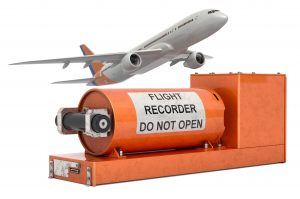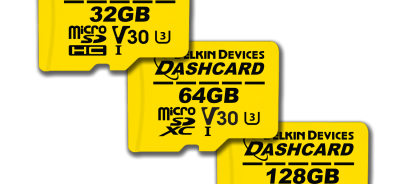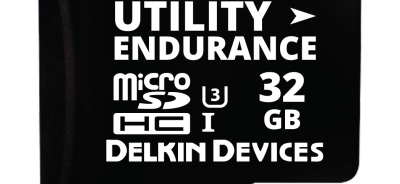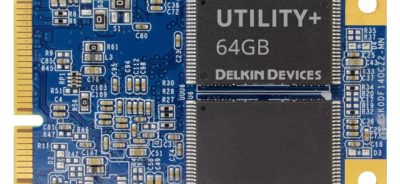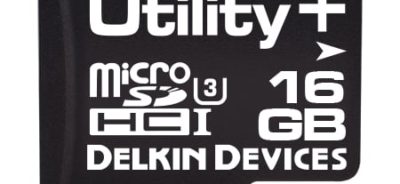Industrial Flash Storage in Flight Data Recorders
Flight data recorders are a key component of aviation safety. Information gleaned from flight data recorders after an accident gives aviation experts insight into the cause of the incident so that they can take steps to ensure that it never happens again. With the data from flight recorders after air disasters, the aviation industry has made many changes to airline design and flying techniques to continually increase the safety of air travel.
Flight recorders have to withstand extreme conditions without compromising the integrity of the data. In the past, flight data recorders used hard disk drives for memory, which made the viability of the recorders after an accident questionable. Today, the industry has embraced industrial flash storage to make sure that flight data recorders retain the valuable information that they store, even in the most rugged of operating conditions. Here’s what you need to know about the use of industrial flash storage in flight data recorders.
What are flight data recorders?
Flight data recorders are systems that record conversations between the pilots and air traffic control, as well as data about how different components of the plane are operating. They are often referred to in layperson’s terms as “black boxes,” even though they are not black and not shaped like a box. In fact, most flight data recorders look like a cylinder and are painted a bright color so that they are easier to pick out from the wreckage of a crash.
There are three parts of a flight data recorder: the cockpit voice recorder (CVR), the flight data recorder (FDR), and the quick access recorder (QAR). Even though one component of a flight data recorder is actually called a flight data recorder, people are usually referring to the three components together when they discuss flight data recorders.
How do flight data recorders work?
The CVR system in a flight data recorder stores two hours of conversation in the cockpit, continually overwriting old data with new. The reason for this is because earlier conversations are unlikely to be helpful in determining the cause of a crash.
The FDR records the past 24 hours of flight parameters. This allows investigators to pinpoint any malfunctions that occurred in flights leading up to the accident, even when those flights ended without incident. This log of events highlights issues from previous flights that may have contributed to the accident.
The QAR records more than 2,000 flight parameters during a flight. This includes things that are unlikely to have any impact on the safety of a flight, such as the main cabin temperature. In general, QAR data will not be used in aviation incident investigations. Instead, this information is accessed by airlines to make decisions about airplane maintenance when an airplane is still in use.
Why is it important to use industrial flash storage in flight data recorders?
In the past, flight data recorders featured hard disk drives, or HDDs, for storage. Although HDDs are capable of storing large amounts of data, they are flawed for this kind of usage. HDDs are built around a mechanical disk with magnetic tape. The disk must spin in order for data to be recorded. However, this type of system is prone to malfunctions, especially in environments with large amounts of shock and vibration. Of course, an airplane crash introduces intense levels of shock, leaving the HDD extremely vulnerable to data loss. If data loss occurs, accident investigators will not be able to access the information they need to determine the cause of the accident and to make the necessary changes to industry practices to prevent a similar event from occurring in the future.
Today, it is common to find industrial flash storage in flight data recorders. This kind of memory does not have any moving parts, so it is much more stable than HDD storage. This is true of all flash memory. However, when it comes to flash memory that is industrial grade, designed for use as aviation flash storage, there are other benefits for flight data recorders as well.
One is that industrial flash storage is capable of withstanding extreme temperatures. A benchmark for industrial storage that is used for flight data recording is that it should be able to tolerate exposure to open fire for 30 minutes without any loss of function. Experts estimate this timeframe to be the amount of time a fire takes to stifle itself. Industrial flash storage can meet this requirement.
Flash storage in data recorders must also be able to withstand a 3,400G acceleration force for six and a half minutes and immersion in water at depths of 20,000 feet for 30 days. Again, industrial flash memory can meet these exacting standards and keep the stored information safe so that it can be used to improve the safety of aviation.
Delkin offers rugged embedded storage for the industrial market that is capable of withstanding these extreme conditions. Learn more about our industrial flash storage and how it can benefit your device by calling us today.
ORDER DELKIN INDUSTRIAL FLASH STORAGE TODAY through our distribution partner Newark.
For Europe Contact Our Partner Farnell
 Login
Login Register
Register


